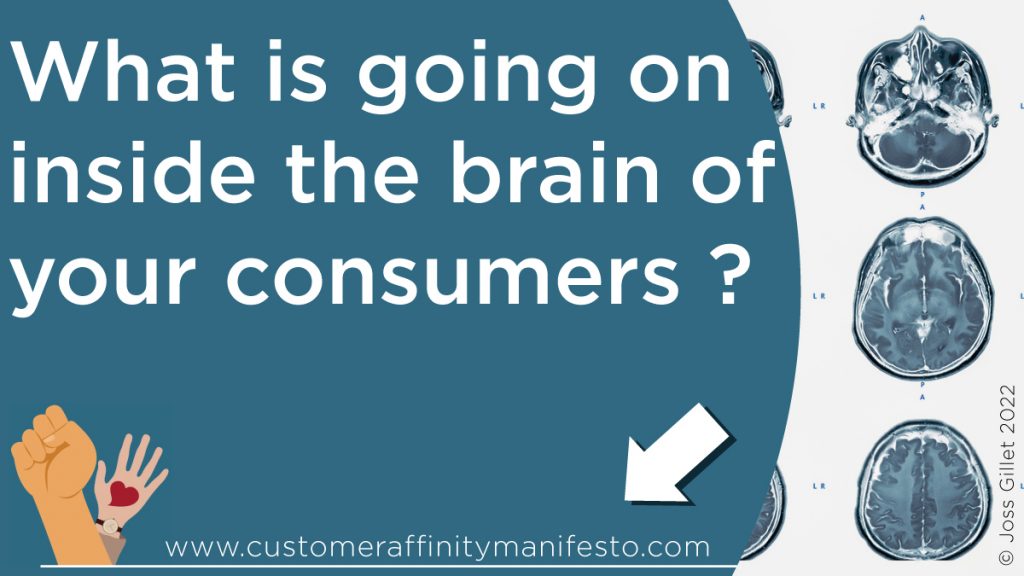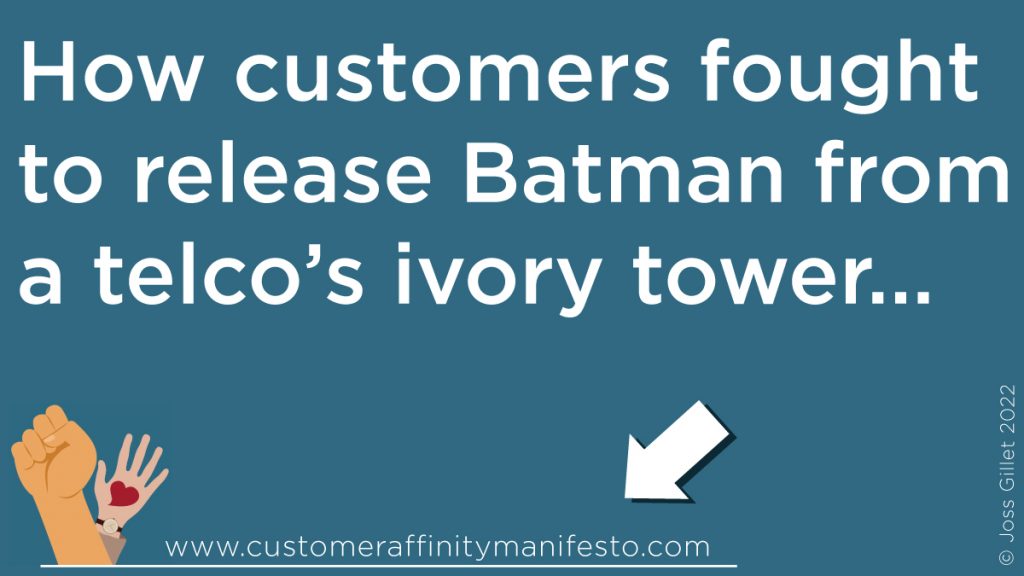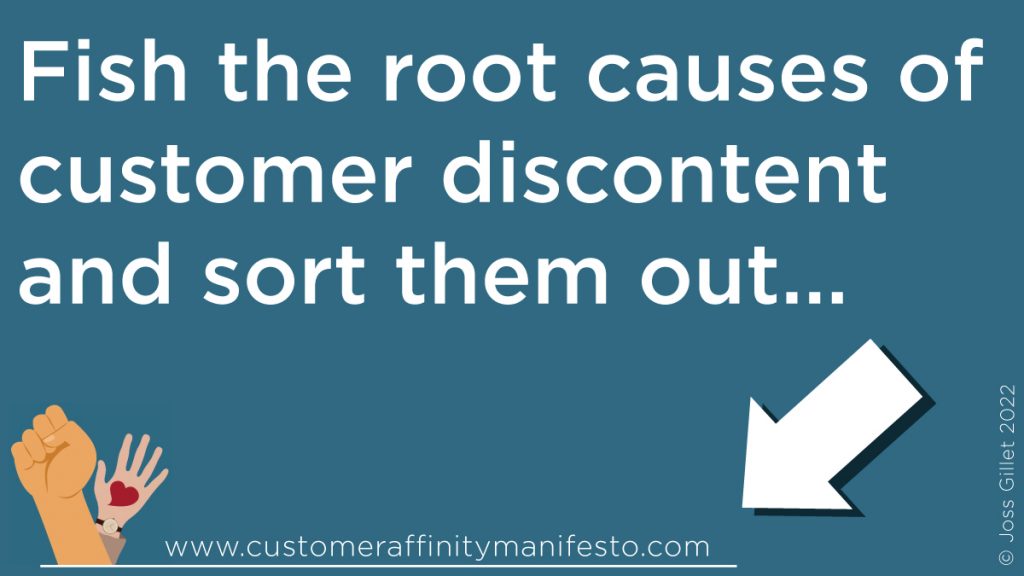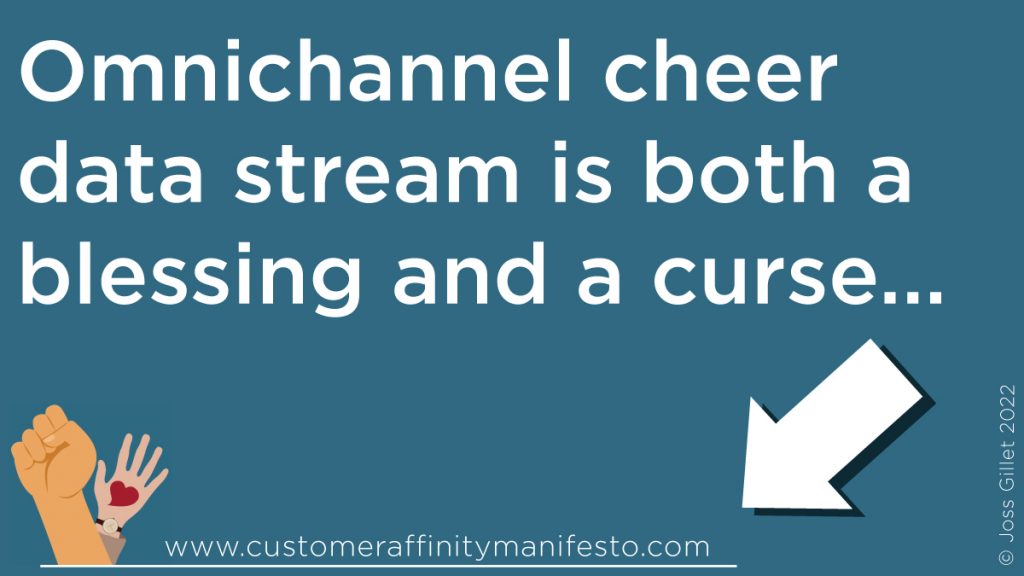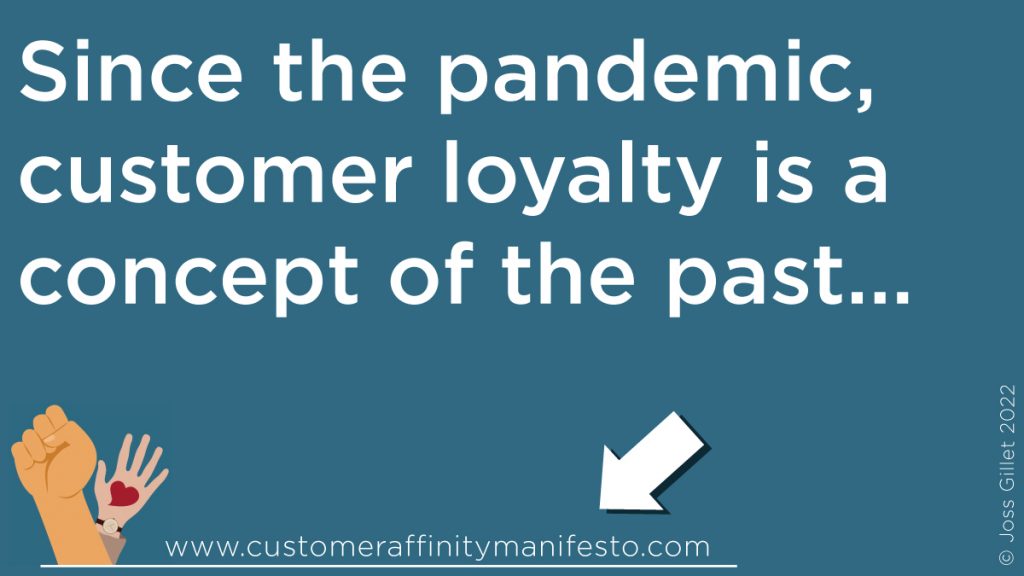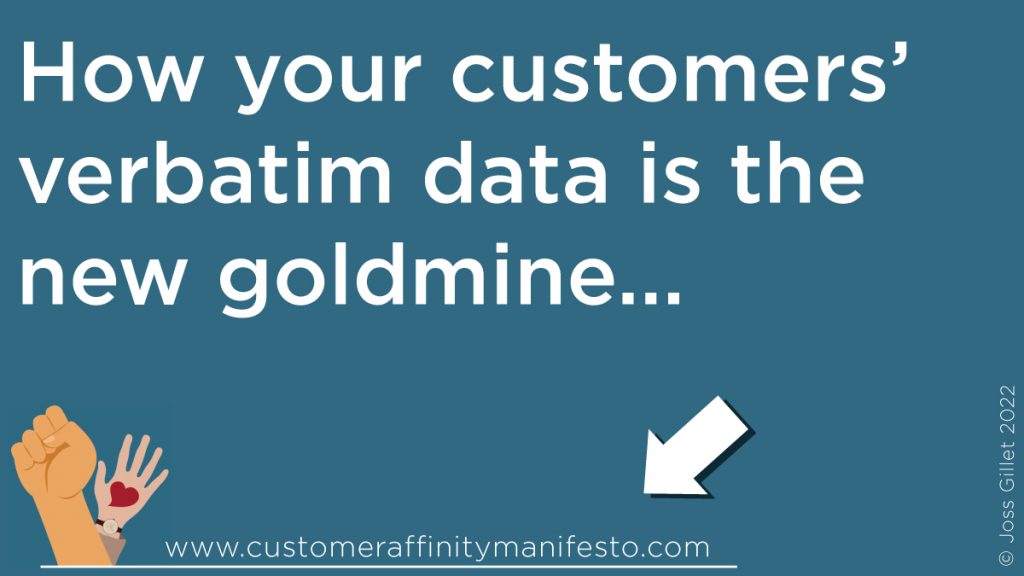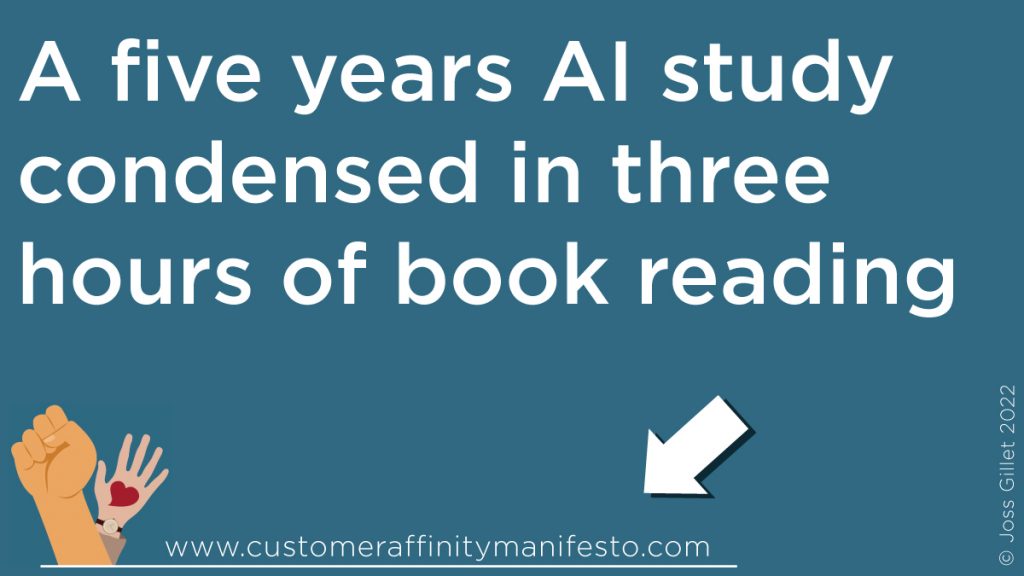With this book you will learn :
- How emotions influence our decisions
- How science progressed to better predict consumer behaviour
- How the global pandemic reshaped customer affinity
- What is at stake for businesses that AI can help with
- The benefits of AI
- The benefits of natural language processing
- How fast is the AI democratisation taking place
- How to track customer sentiment
- How to read your Anger Index Signature
- What are “core” vs. “peripheral” root causes of customer discontent
- How customer affinity stacks up for telecom operators since 2018
- How to automate your own customer affinity data pipeline
- The best practices to deploy an impactful AI application
Extra perks, material and DIY guidelines that come with the book:
What do people think about the book ?
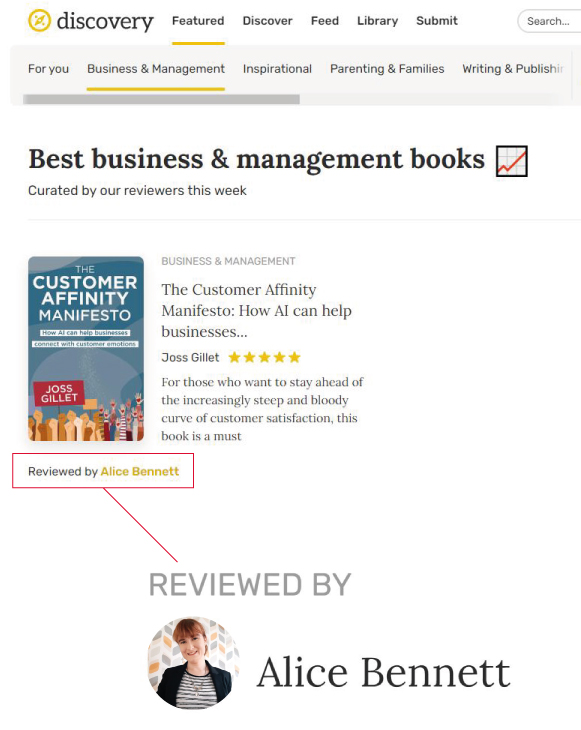
Review from Alice Bennett from Reedsy:
Once upon a time, loyalty was decided by large armies and costly landgrabs. A knight (or similar) would swear their loyalty and in turn all the sprawling hordes of peasants (or similar) underneath would also find themselves also pledged to that cause. But we are no longer in that period. In Westernised countries, gone are the knights, swept away the uneducated masses and in its place born is the freely accessible internet.
Joss Gillet’s guide to business, The Customer Affinity Manifesto: How AI can Help Businesses Connect with Customer Emotions, brings into conversation the need to incorporate artificial intelligence (AI) into brand building. Before all else, Gillet details two home truths, 1) AI is not going anywhere and 2) your business is not going anywhere without it. (The phrase “suck it up and move on” springs to mind.)
That said, Gillet is equally keen to not let AI become seen as a digital enemy, if anything in many cases throughout recent history he cites many examples of where AI systems have benefited improvements in marketing and how, before then, psychology experimentation was mimicking a lot of what we see today, be it on a much more labour-intensive scale. From telephone response times to the words and colours on a digital app, a better understanding of customer frustrations can lead to better targeted improvements. Happy customers equals happy economic growth.
Using his previous experience in the Telecommuncations sector to build a case study, Gillet identifies sixteen specific pain points (or ‘topics’) where customers feel particular disillusionment with their provider’s service. Gillet then presents the case that anyone can use deep learning to build a simple AI model to utilise freely accessible data on social media platforms, such as Twitter, to produce highly effective data charts and sentiment scores. Later on, there contains more detail about how business can implement effective AI, without needing to rely on the brand popularity of 10,000+ Tweet mentions a day.
Gillet’s book is well researched, well put together and visually is very engaging (the use of clearly explained graphs being welcomed sight). Granted, this would perhaps not be the best birthday present for someone selling the occasional bead necklace on Etsy, but for the truly aspirational, those who want to grow their business and stay ahead of the increasingly steep and bloody curve of customer satisfaction, this book is a must.











